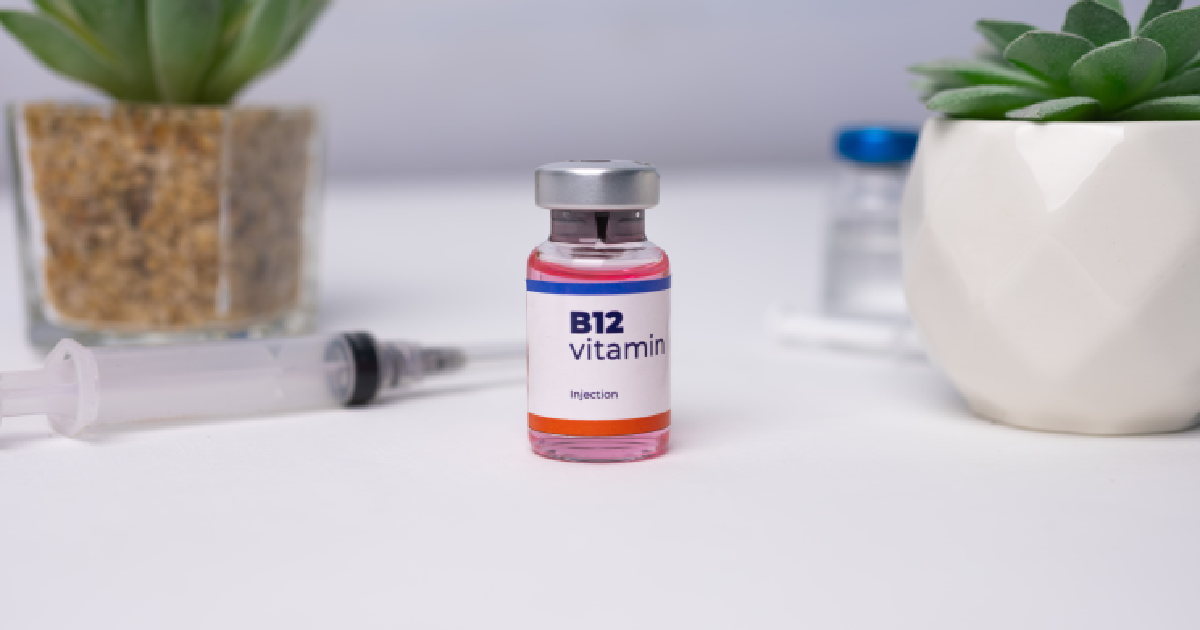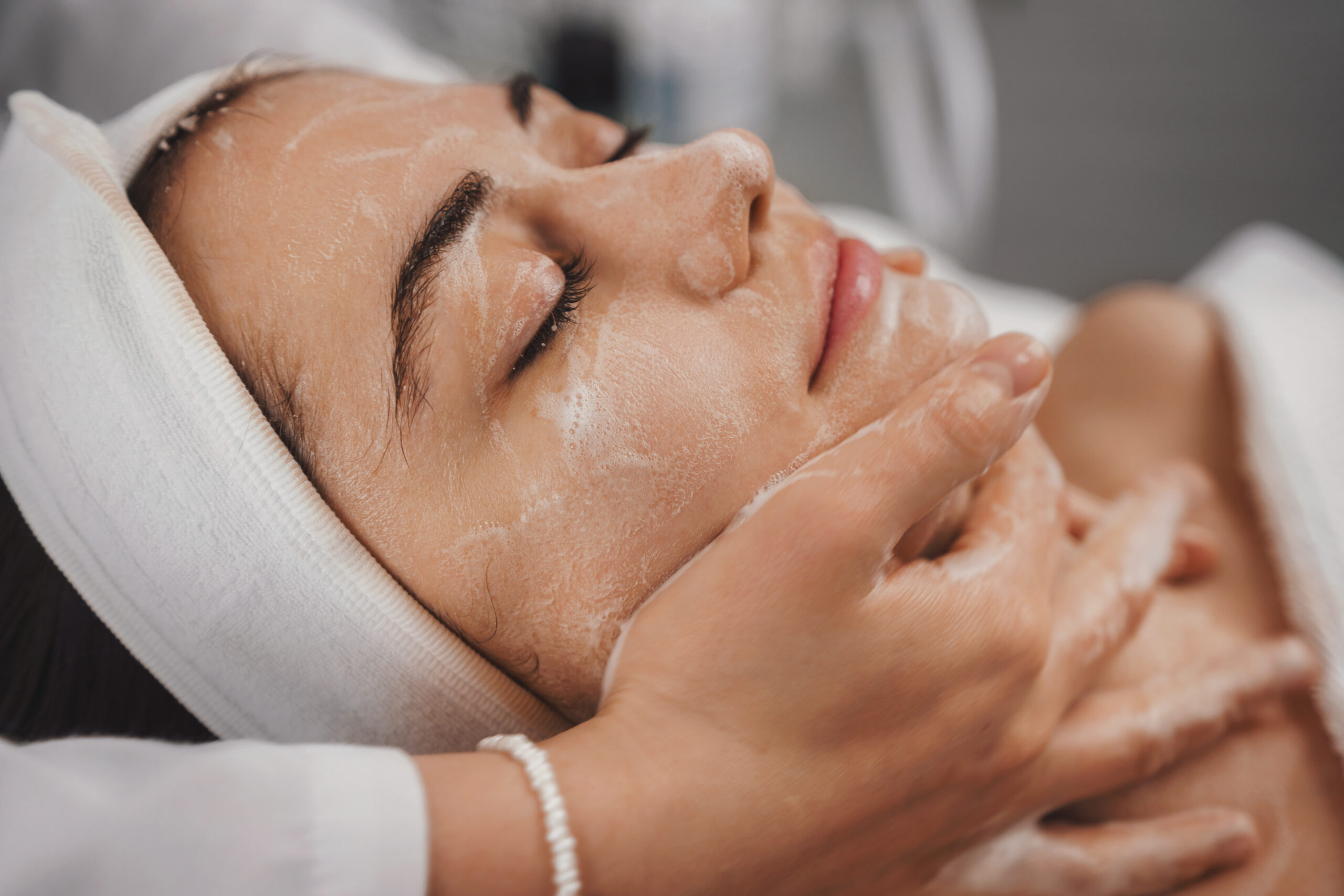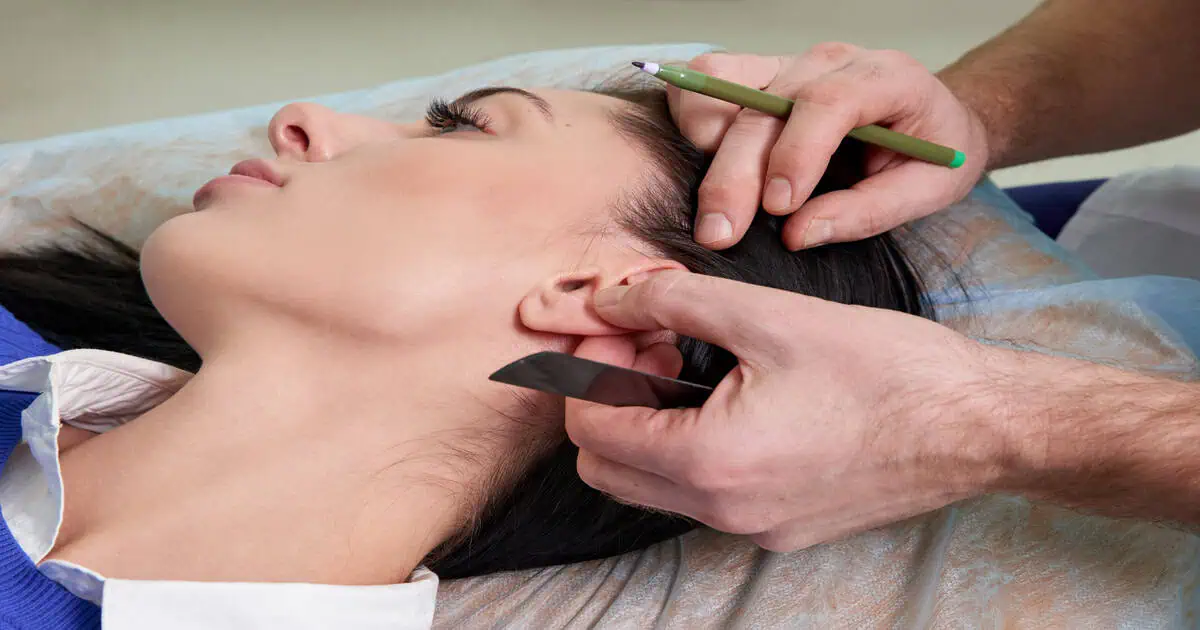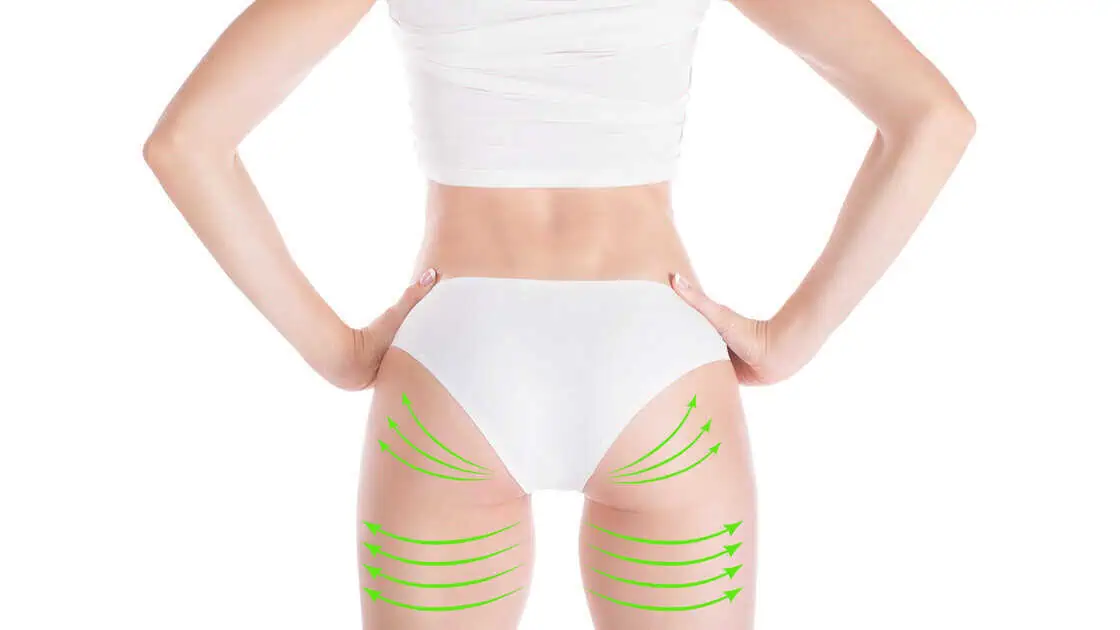Imagine a procedure that allows you to enhance the contours of your body, rejuvenate your appearance, and restore youthful volume—all by using your own body’s resources. Whether you want to refine your facial features, enhance your curves, or complement other cosmetic procedures, fat transfer provides a versatile and minimally invasive solution. In this comprehensive guide, we’ll walk you through everything you need to know about fat transfer, from the science behind the procedure to what you can expect during and after treatment.
The Benefits of Fat Transfer: Why Choose This Procedure?
Fat transfer offers many benefits, making it an attractive option for those seeking a natural approach to cosmetic enhancement. Here are some key advantages:
Natural Results
The outcomes seem natural because fat transfer uses your body fat. There is no chance of rejection or allergic reactions, which can happen with implants and synthetic fillers.
Long-Lasting Effects
While synthetic fillers may require regular touch-ups, fat transfer can provide long-lasting results. Once the transferred fat establishes a blood supply, it becomes a permanent part of your body, maintaining its volume for years.
Dual Benefits
Fat transfer offers the unique advantage of contouring two areas of your body simultaneously. By removing fat from a donor site, you can achieve a slimmer appearance in one location while enhancing another.
Minimal Downtime
Fat transfer is performed as an outpatient operation with little recovery time. It’s a convenient alternative for busy people because most patients can resume regular activities in a few days.
Versatility
Fat transfer can be tailored to meet your specific aesthetic goals, whether you want to smooth out wrinkles, plump up lips, enhance cheekbones, or add volume to your buttocks.
The Detailed Fat Transfer Procedure: A Step-by-Step Guide
Autologous fat grafting, another name for fat transfer, is a detailed procedure where fat is taken from one body area and injected into another to create more volume and shape. The careful and precise execution of this outpatient operation guarantees the patient’s comfort and the best possible outcome. An examination of each phase of the fat transfer process is provided below:
Step 1: Anesthesia and Preparation
An anesthetic is first administered before the fat transfer process to ensure patient comfort. Both the treatment site—where the fat will be injected—and the donor site—where it will be harvested—are sedated. Depending on the length of the surgery and the patient’s wish, general anesthesia, local anesthetic, and sedation may be used.
Anesthetic Solution Infusion
The donor area is injected with an anesthetic solution. This approach accomplishes several goals:
- Pain Management: It ensures that the procedure is pain-free.
- Minimizing Bruising and Bleeding: Because the fluid contains substances that narrow blood vessels, there is a lower chance of bleeding and bruises during and after the surgery.
Step 2: Harvesting the Fat
Once the donor site is fully anesthetized, the surgeon begins the fat extraction process using a small cannula attached to a syringe. The cannula is a thin, hollow tube designed for precise fat removal with minimal trauma to the surrounding tissues.
Identifying the Donor Site
Common donor sites for fat harvesting include areas where fat is most tightly packed, such as:
- Hips
- Abdomen
- Buttocks
The Extraction Process
The surgeon makes one or two tiny incisions at the donor site to insert the cannula. The cannula is carefully maneuvered to extract the fat, which is then collected in a sterile container. The process is designed to be minimally invasive, with the tiny punctures requiring no sutures and leaving virtually no scars.
Step 3: Processing the Fat
Following harvest, the extracted fat undergoes a purifying process. This crucial stage guarantees that the fat cells used for the transfer are the healthiest and most viable.
Purification Process
The harvested fat is processed to remove excess fluids, blood, and damaged or non-viable cells. This can be done using various methods, including centrifugation (spinning the fat at high speeds) or filtration. The goal is to concentrate the fat and prepare it for injection.
Preparing for Injection
Once purified, the fat is placed into smaller syringes. These syringes allow for precise control during the injection process, ensuring that the fat is evenly distributed and placed at the correct depth within the treatment area.
Step 4: Injecting the Fat
With the fat processed and prepared, the next step is to inject it into the treatment site. This stage requires high skill and artistry to achieve natural-looking results.
Determining the Injection Sites
The treatment area is carefully marked to guide the injection process. Common treatment sites include:
- Face: For volume restoration in the cheeks, lips, and under the eyes.
- Breasts: For natural breast augmentation.
- Buttocks: For enhancing volume and shape (commonly known as a Brazilian Butt Lift).
The Injection Technique
The surgeon injects the purified fat into the marked areas using fine needles or cannulas. The fat is meticulously layered in small amounts to ensure even distribution and natural contours. This process may be repeated multiple times to achieve the desired volume and symmetry.
Step 5: Post-Procedure Care
Once the fat transfer is complete, the treated areas are gently massaged to help the fat settle into place. The tiny punctures made during the procedure are so small that they require no sutures and heal quickly.
Is Fat Transfer Right for You?
Fat transfer is a great choice for those seeking a flexible and natural-looking cosmetic improvement. However, when deciding if this operation is best for you, it’s crucial to take the following into account:
Suitable Candidates
- Have Sufficient Donor Fat: You need to harvest enough excess fat from your thighs, hips, or abdomen for the transfer.
- Are in Good Health: A speedy recovery and the best outcomes depend on general health.
- Have Realistic Expectations: Understanding the limitations and potential outcomes of the procedure is crucial for satisfaction with the results.
Consultation with a Surgeon
The best method to determine if fat transfer is suitable for you is to have a full consultation with a board-certified plastic surgeon. After assessing your objectives, medical background, and suitability for the surgery, your surgeon will create a customized treatment plan.
Takeaway
Are you looking to enhance your beauty naturally? Meadow Surgical Arts offers the revolutionary Fat Transfer procedure—a safe, effective, and natural way to rejuvenate your appearance and sculpt your body. Say goodbye to synthetic fillers and implants and embrace the power of your body’s resources for stunning, long-lasting results. Contact Meadow Surgical Arts today!








